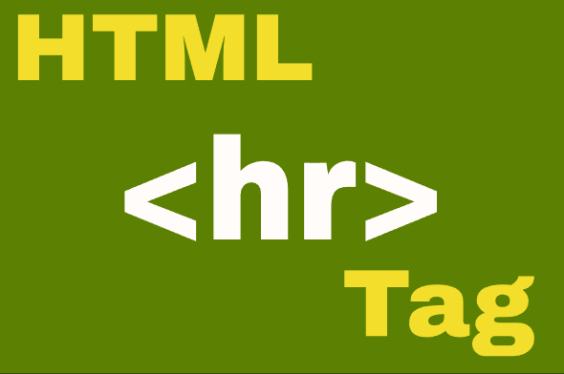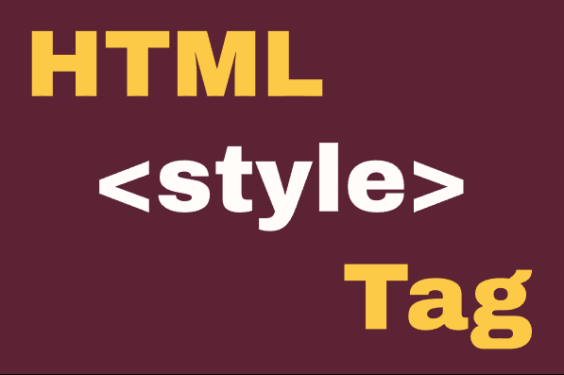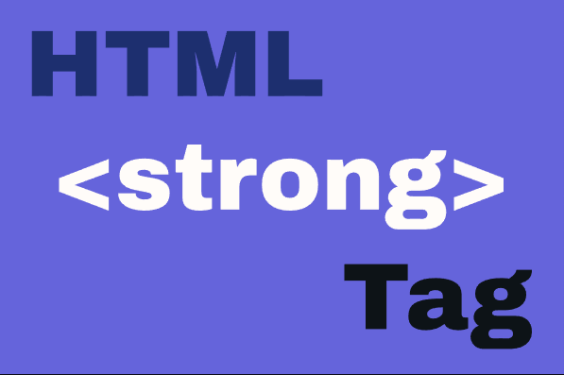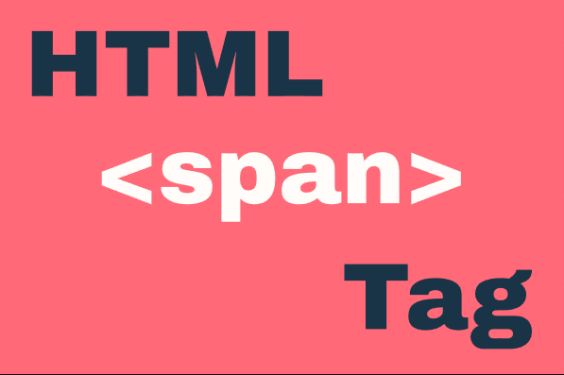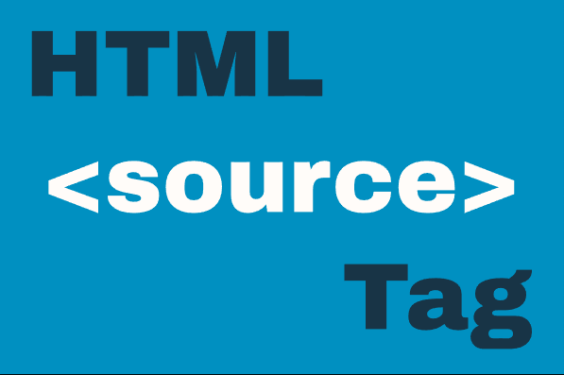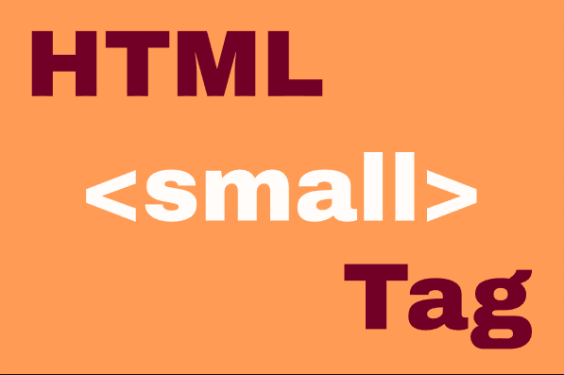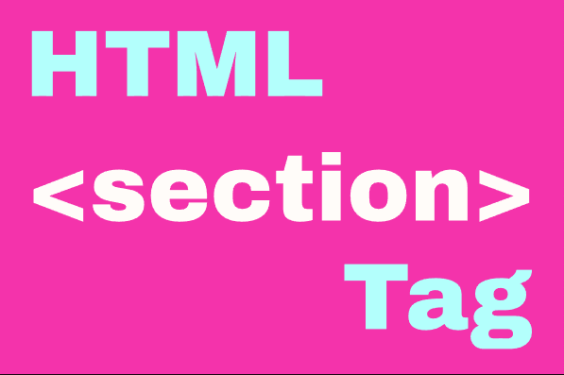HTML <hr> Element
Publish in HTML Tutorial el 24/05/2025 15:21
The <hr> element, which stands for "horizontal rule", is used to create a thematic break or divider between sections of content. Originally designed as a simple horizontal line, modern HTML5 redefines it as a semantic element representing a paragraph-level thematic break.
While visually it typically appears as a horizontal line by default, its primary purpose is semantic - to indicate a change of topic or scene within a document. The appearance can be customized with CSS.
Basic Syntax
Here's how the basic <hr> tag looks in HTML:
And here's how it renders:
Examples of <hr> Usage
1. Basic Thematic Break
A simple divider between two sections of an article:
2. Styled HR with CSS
Customizing the appearance of the horizontal rule:
3. HR with JavaScript Interaction
Making the HR element interactive with JavaScript:
4. Vertical Rule Alternative
Using CSS to create a vertical divider (not a true HR element, but a common alternative):
5. Animated HR with JavaScript
Creating an animated divider that changes over time:
Tips and Tricks
- Semantic Use: Always use
<hr>for thematic breaks, not just for visual separation. - Styling: Modern browsers typically display HR as a border rather than using the
colorproperty. Usebackground-colorandheightfor better control. - Accessibility: Screen readers often announce HR elements, so use them judiciously to avoid confusing users.
- Responsive Design: Consider adjusting HR margins and size for different screen sizes.
- Creative Alternatives: While HR is horizontal by nature, you can create vertical dividers with CSS transforms or border properties.
Browser Support
The <hr> element is supported by all browsers, including legacy ones. However, the default styling may vary slightly between browsers, so for consistent appearance, always specify your own styles.
